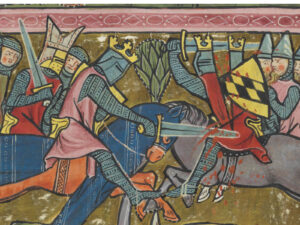
In the name of the Lord…
What do the symbols and inscriptions on medieval swords mean? An exercise in decipherment.
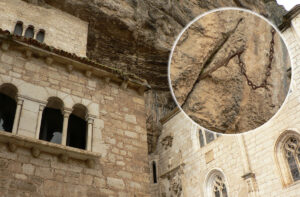
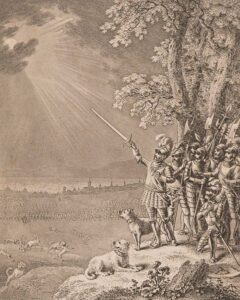
A brief introduction

In the name of the Lord
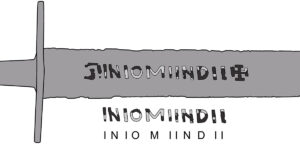
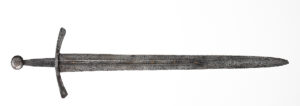
In the name of the Saviour?
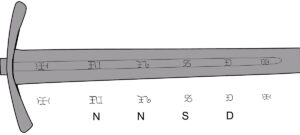
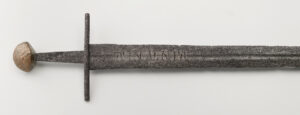
By God’s grace
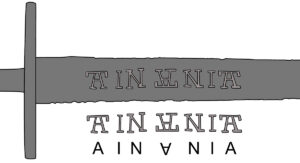

What do the symbols and inscriptions on medieval swords mean? An exercise in decipherment.







